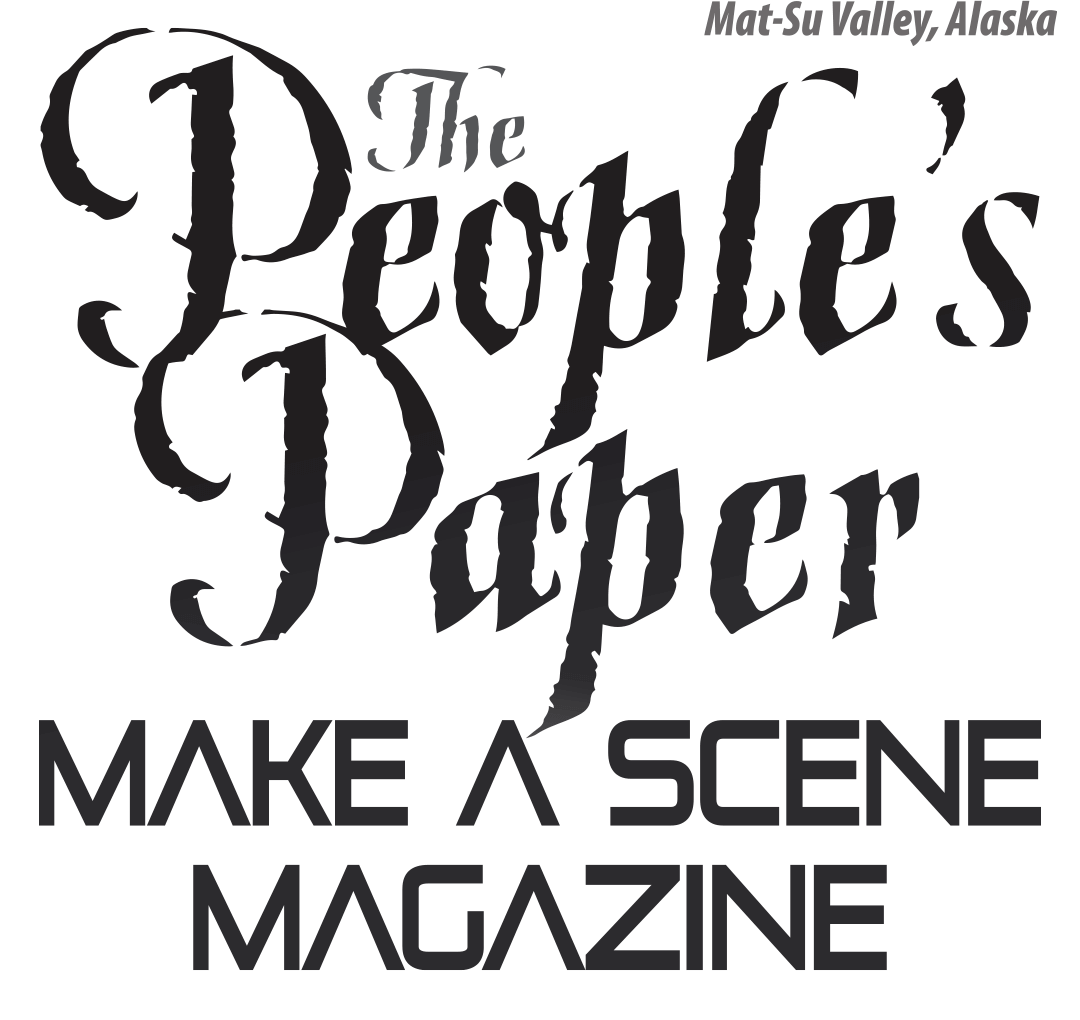The Sad Demise of Neighborhoods of Our Past – Part I
Contributed by Doug Ferguson
Have you ever gone back to a house, neighborhood, farm or place where you worked in which you had spent a significant amount of time in your life and found it run down, deteriorated, or just plain gone and replaced by something else? Then you can relate to feelings of loss, disappointment and in some cases, just plain anger when you see it!
In the past twenty years or so, I have had the disheartening experience of seeing two established neighborhoods where I spent lots of time deteriorate and eventually be condemned for demolition. In the first one I spent a significant part of each summer as a youth at my grandmother’s wonderful old house on the south side of Youngstown, Ohio when my mother and I visited there.
Youngstown was one of many “rust belt” cities that were some of the first in the country to deteriorate as we started to lose the “heavy” industries like steel-making to Asian countries for “cost” reasons and environmental pressures.
The other was the huge building complex of and surrounding neighborhood of the company where I worked in Endicott NY in my first job out of college. I’ll tell that story in a future article.
These stories are typical of what has happened to many formerly prosperous towns and cities around America over the past thirty or forty years because of our short sighted “cost” and “no-pollution-in-my-backyard” policies.
Grandfather’s American Dream
My maternal grandfather was a piano tuner in the small town of New Castile, PA. across the state line about a dozen miles from the booming steel mill city of Youngstown, Ohio. He had four children, but was barely making enough to make ends meet. So he gave up the job he loved, took the trolley each day between the two places and went to work in the steel mills of Youngstown.
By working 12 hour shifts, common at the time, and sometimes “double shifts'' (24 straight hours!), he was able to finally afford a long lot in a new neighborhood on the developing south side of Youngstown, build a beautiful new house with hardwood floors and trim, a large living room, dining room, a full basement with a fruit cellar and concrete floor and a wonderful front porch that went across the front of the whole house! You could say he achieved the American Dream! All that work took its toll, however, and he died in his early 50’s so I never got to know him.
The other new houses on the street were just as nice and unique. The street was just a few blocks from the southern city limit where it met the growing township of Boardman. At the eastern end of the street they built a large and beautiful Lutheran Church made of limestone.
Fast forward to 1992 when during a trip we visited the area. Then the 65 year oldneighborhood was in good shape, the original shade trees planted years ago trimmed and the houses well maintained. It was great to see! Even though Youngstown stopped making steel in the 1970’s, it didn’t look like it had affected my grandparent’s old neighborhood!
However, just 13 years later in 2005 when back for my 50th high school reunion in Boardman, we couldn’t believe the changes when we visited. About every 4th or 5thhouse was boarded up! I found out later this was an attempt to eliminate “Crack Houses”! Most of the remaining occupied houses were in need of repairs. Lawns were un-kept. Stumps were all that remained of many of the old trees. Sidewalks were gone in many places.
The only neat area on the street was the old Lutheran Church, which now houses a neighborhood mission!
Since then, over 4500 houses have been demolished by the city using ironically labeled “Urban Development '' and “Environment” funds! An aerial view from “Google Earth”, shows that one of these houses was my grandparent’s.
The root cause, of course for this waste and tragedy, was the loss of Youngstown’s steel industry when there wasn’t much of anything of comparable size to replace the jobs lost. Over the period from 1970 when steel production stopped to 2021, Youngstown’s population dropped to more than half from 138,800 to 60,300!
Many can be blamed, of course. Failures to invest in new “open hearth” technology by short term profit seeking management plus extreme demands made by labor unions during the good times and later pressures from government and environmental forces to shut down “dirty” manufacturing or move it “out-of-sight” to another country all figured in the demise.
It just took a while to finally finish off my Grandfather’s American Dream on the South side of Youngstown! Could that happen here in Alaska? We’ll see.
Regardless, very sad to watch!

